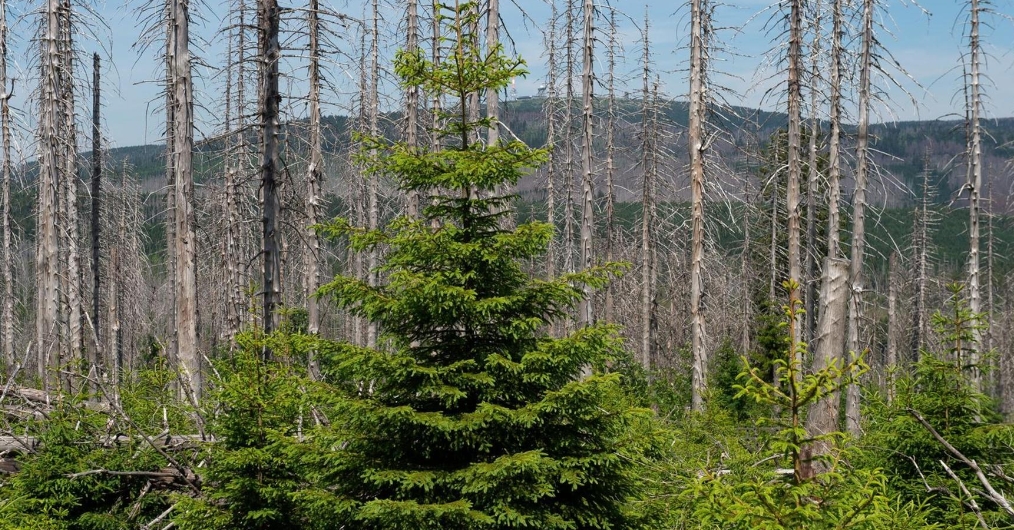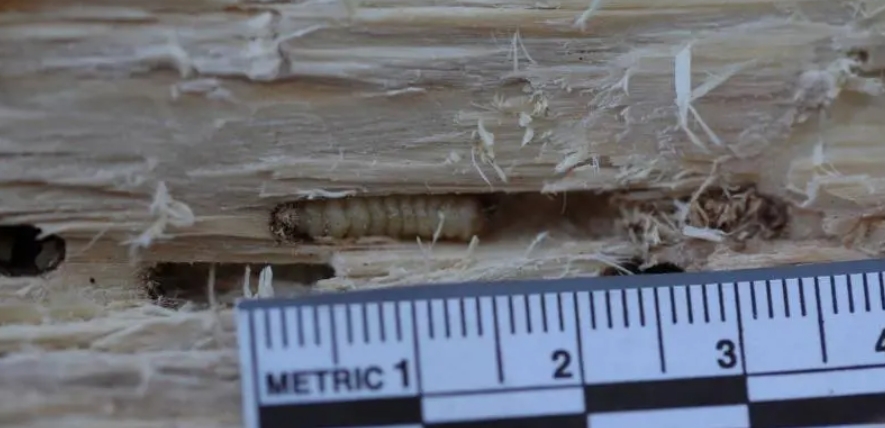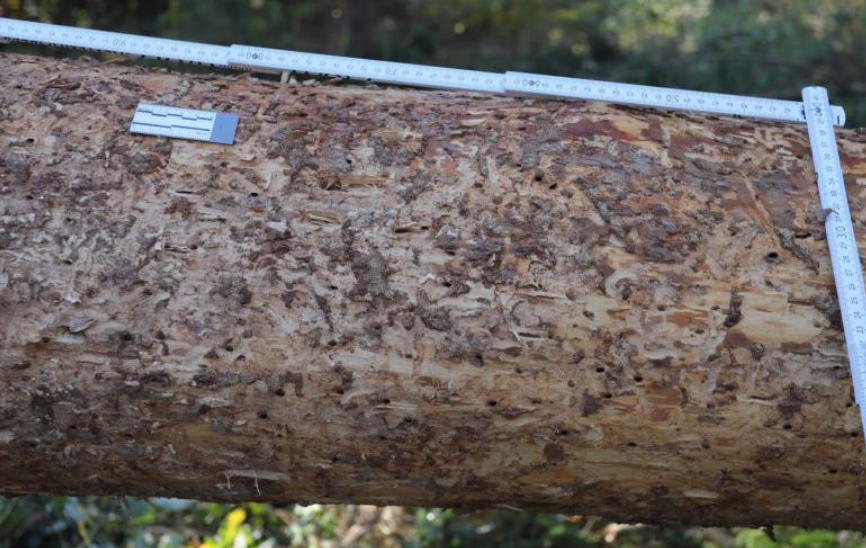
When you hear about damage to spruce trees, you immediately think of the usual suspects – the spruce bark beetle species book printers and copper engravers. But these are not the only beetle species that feed on spruce trees.
The forest protection experts from the Bavarian State Institute for Forestry and Forestry (LWF) report on incoming reports of standing infestation on spruces. Sightings of this kind were repeatedly reported well into the autumn. However, bark beetles are not responsible for these isolated signs of infestation. Rather, it is a matter of damage caused by longhorn beetles (Tetropium ssp.). The dropping of tree bark was observed when the spruce crown was still green. The special feature: the longhorn beetle infestation took place without the participation of the printer and/or engraver. How did that happen? The forest protection department of the LWF gives an overview.
Where did the infestation occur?
According to the LWF, isolated spruce trees in different regions of Bavaria were affected. So far, the researchers have received reports from the areas of Neustadt-Uffenheim, Selb, Pegnitz, Waldkraiburg and Regensburg.

What are the causes of the infestation?
In particular, the summer of 2022, which was again much too dry and too hot, should be named as the cause here. The result was z. T. significant dry damage to the spruces. The trees often dried out to such an extent that even book printers and copper engravers could no longer find suitable breeding material in the spruces. However, the severely weakened spruces offered an attractive target for other species.
What species are these?
According to the experts from the LWF, two longhorn beetle species that occur on spruce, but can hardly be distinguished and are also very similar in their way of life, should be mentioned here.
On the one hand, there is the common spruce sapwood (Tetropium castaneum). This longhorn beetle species is 9 to 18 mm in size and brown to black in colour. The pronotum is shiny black and slightly dotted. The beetles fly from May to July, in optimal years even from April to August. Both weakened standing spruces and freshly felled trees are preferentially populated.
On the other hand, the brown spruce beetle (Tetropium fuscum) should be mentioned here. This beetle ranges in size from 8 to 17 mm and is also brown to black in color. The black pronotum of this species is dull and more heavily punctured at the base. The flight time of the beetles is from April to July. Depending on the weather, up to two generations can be created.

Both species often occur together and mainly infest older spruce (from the age of about 60 years), but also pine and larch, according to the LWF’s Focus on Forest Protection No. 19/2022. The beetles lay around 100 eggs in bark cracks. The larvae, which hatch after two weeks, first feed under the bark and, as they continue to grow, increasingly begin to scrape the sapwood. The larval burrows are filled with drill dust – first mixed with brown, later with light brown to yellow drill dust.
The structure of the drill dust deposited is not cloudy (as in jewel beetle species). The ducts are irregularly tortuous, but preferably run longitudinally. To pupate, the larva bores into the sapwood, leaving an oval borehole. This ends in a hook walk with a doll’s cradle at its end.
The hook passage is blocked with a somewhat coarser “nag”. Hibernation occurs as a pupa or larva. The feeding patterns of both species cannot be distinguished.
How is the infestation to be assessed?
According to the LWF, both species occur at most as secondary pests and colonize newly dead or previously damaged trees. Trees that are severely stressed by drought, which the book printer already despises, can be attacked by these species. Nevertheless, the two species are the most relevant for forest protection among the longhorn beetles, since they can occur in high densities on individual trunks. The material recycling of wood is hardly possible because of the pupation in the wood body.
What to do in the event of an infestation?
According to the assessment of the forest protection experts at the LWF, forest protection measures should generally not be taken, since the spruce beetle very rarely infest living trees. A widespread infestation is therefore not to be expected. If thinning or bark beetle control measures are taking place in the stand anyway, infested trunks can also be removed. These should be removed until the beetle hatches in spring in order to reduce the pressure of infestation on other weakened spruce trees or freshly felled trunks and thus prevent further devaluation of the wood.

